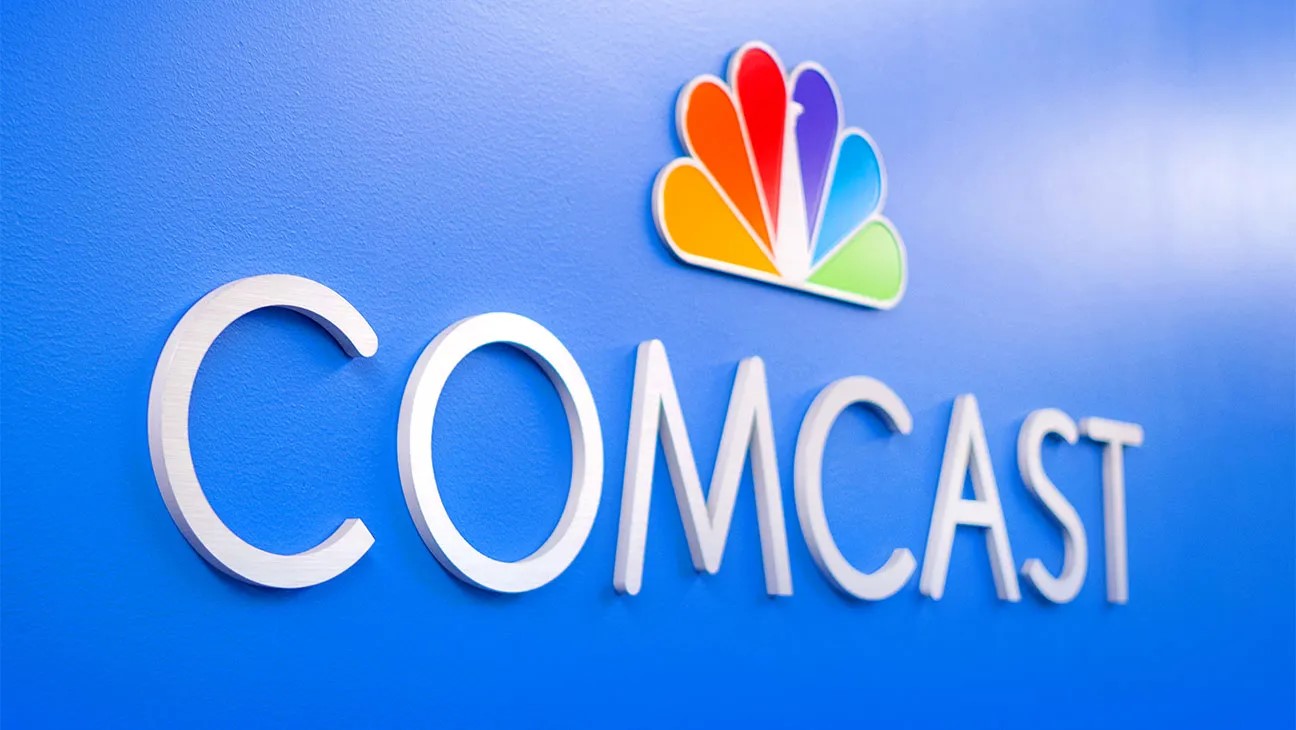New York — In a move set to redefine its media portfolio, Comcast Corporation is preparing to separate a significant portion of its cable television networks, including MSNBC and CNBC, into a standalone, publicly traded company. According to insiders, the highly anticipated announcement is expected on Wednesday, heralding a transformative moment for one of the largest media and telecommunications companies in the United States.
The decision will impact several well-known cable networks, including USA Network, Syfy, E!, Oxygen, and the Golf Channel, all of which will be part of the newly formed company. However, Comcast has opted to retain control of its flagship properties, such as the NBC broadcast network, Bravo, NBC Sports, the Universal theme parks, and the burgeoning Peacock streaming service.
This restructuring comes at a critical juncture for the media industry, where traditional cable television is increasingly overshadowed by the meteoric rise of streaming platforms. While some may view the spinoff as a strategic divestment from declining assets, Comcast insists that the move represents an opportunity to establish a leaner, more focused company capable of adapting to changing market conditions.
Mark Lazarus, a veteran executive and the current chairman of NBCUniversal Media Group, has been named CEO of the new company, which will retain a corporate structure similar to Comcast’s existing framework. Lazarus’s leadership is expected to bring stability and strategic direction as the new entity charts its path forward.
The decision to separate MSNBC and CNBC from NBCUniversal’s core news operation is particularly noteworthy, given the historical alignment of these channels with the broader NBC News Group. This detachment raises questions about how the newly independent company will maintain its journalistic identity while operating as a standalone entity. Comcast executives are expected to address this issue during Wednesday’s announcement, offering insights into the future relationship between the cable news networks and their former parent company.
The spinoff aligns with signals that Comcast president Mike Cavanaugh sent during an earnings call in October, where he revealed that the company was exploring ways to better position its cable networks for future growth. The rapid execution of this strategy reflects Comcast’s commitment to proactively addressing investor concerns and adapting to the evolving demands of the entertainment industry.
Analysts see the move as a step toward potential consolidation within the media sector. By creating an independent company with the flexibility to pursue acquisitions, Comcast is positioning the new entity as both a buyer and a potential acquisition target. Craig Moffett of MoffettNathanson noted that investors have long advocated for this kind of restructuring, seeing it as a necessary step to unlock value and align with broader industry trends.
As traditional media companies face increasing pressure to compete with tech giants in the streaming space, Comcast’s decision underscores the necessity of bold, forward-looking strategies. By spinning off its cable networks, Comcast is not only responding to the challenges of the modern media landscape but also seizing an opportunity to redefine its role in a rapidly changing industry.









